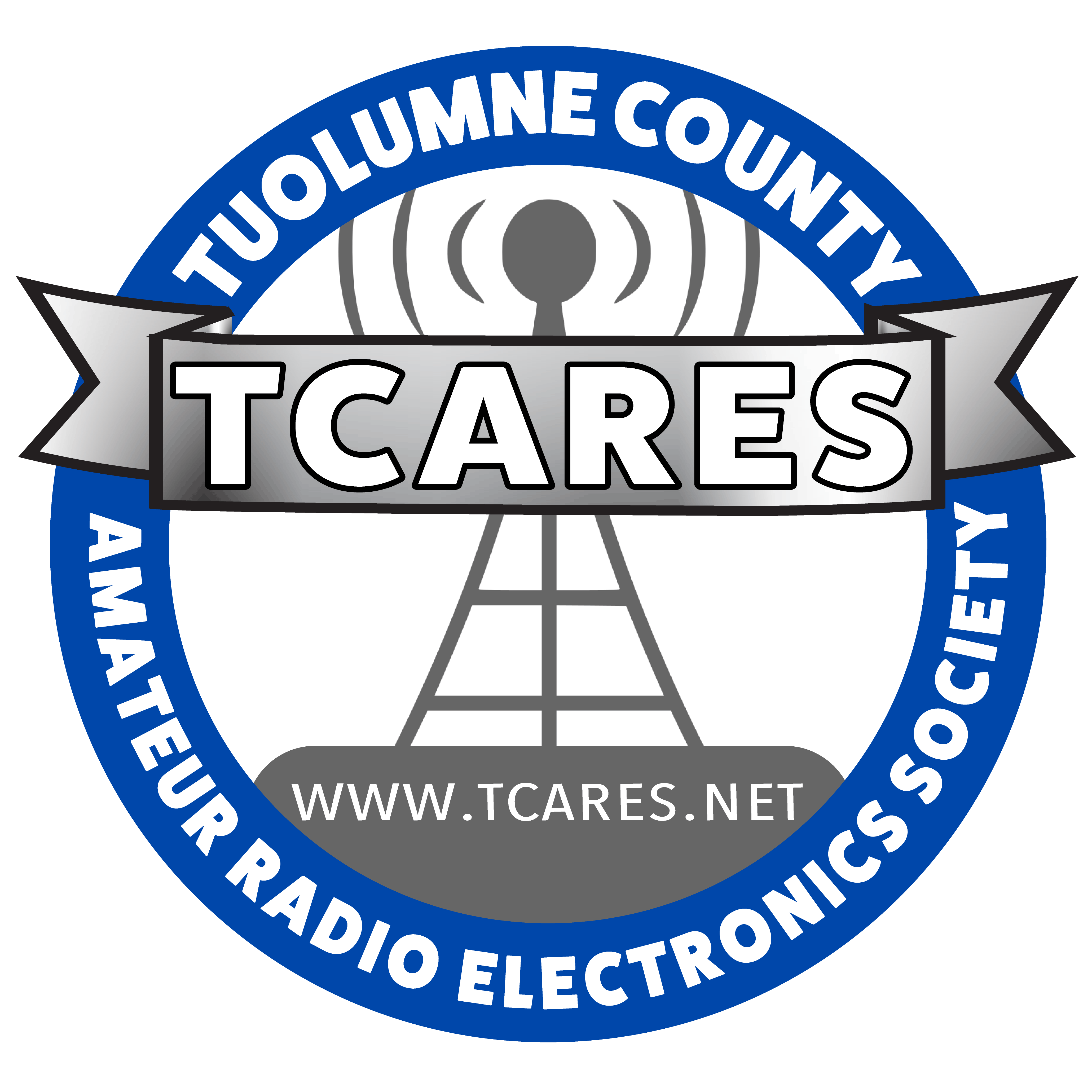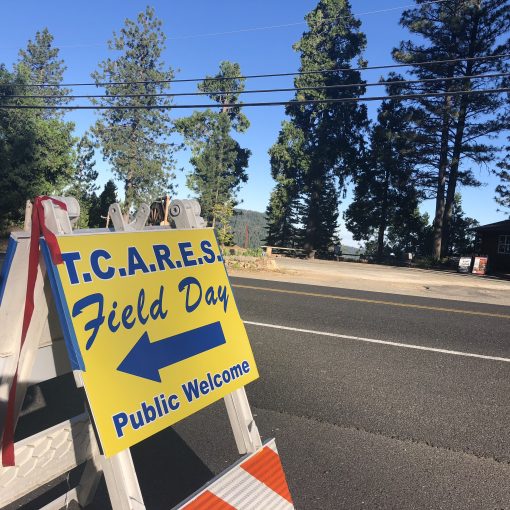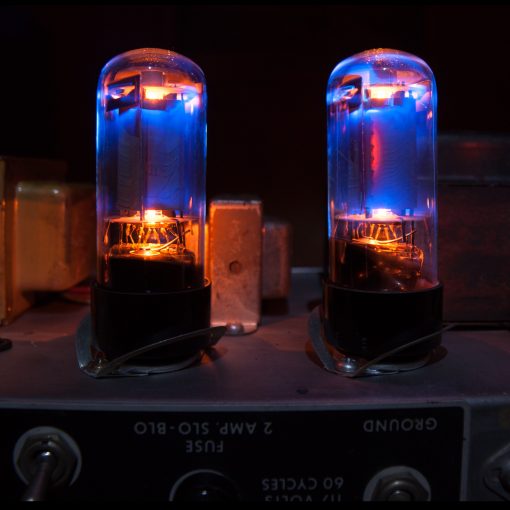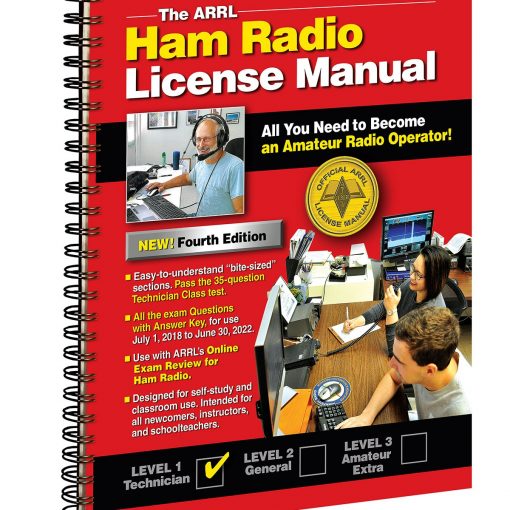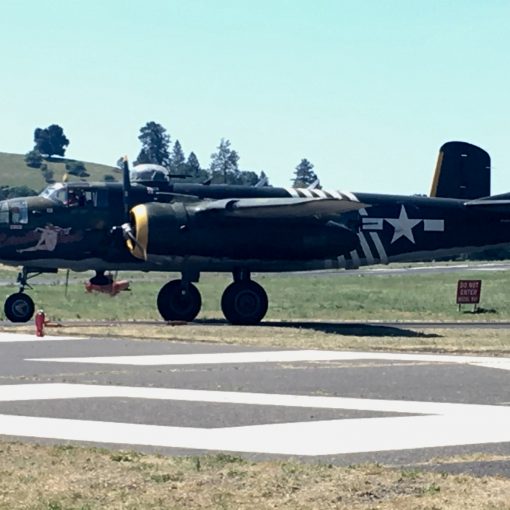https://www.uniondemocrat.com/localnews/7225176-151/local-ham-radio-group-takes-part-in-national
For more information about amateur radio and field day events in Sugarpine, visit http://tcares.net/
Roots of amateur radio date back to the late 19th and early 20th centuries, more than a hundred years ago, and locals here in the Mother Lode, up and down California, and all over the rest of the planet are still doing it.
They call themselves hams and ham radio operators and amateur radio operators, and they are in downtown Sonora and up in Mi-Wuk and Sugarpine and over in Calaveras County, too. They don’t just listen to radio, they use radio to talk back and communicate with each other and the rest of the world.
Amateur radio operators have also helped out during disasters and emergencies like the 2013 Rim Fire and the 2018 Donnell Fire. Radio communications technology has improved in recent decades, so local law enforcement and fire agencies do not rely on amateur radio operators as much as they used to. But they are still able to play key roles during disasters, Liz Peterson, coordinator for the Tuolumne County office of emergency services, said Tuesday in a phone interview.
How it works
Most of us think of radio and we picture the knobs we turn on the dashboards in our cars, to listen to music and news and talk. The radios we go buy in the store are really just radio receivers.
Amateur radio people use radio transmitters, combined with receivers, which they call transceivers, said Ned Sudduth, 49, a resident of Phoenix Lake whose radio call sign in N4NED.
The planet, our solar system, and the rest of the universe are populated by electromagnetic waves and radio spectrums that existed in time before humans came to be here on Earth. The waves and spectrums have to do with radiation that comes from the sun and other stars.
Historians say it was more than 115 years ago in December 1901 when a radio pioneer named George Marconi used radio waves to receive the very first known wireless trans-Atlantic Morse code transmission, sent from south Cornwall in England to Signal Hill, Newfoundland.
Federal licensing of radio waves, radio stations, radio communications, and amateur radio operators started in 1912 with an act of Congress, called the Radio Act of 1912, Sudduth said.
These days the Tuolumne County Amateur Radio & Electronics Society, who call themselves TCARES, have 100 members and there are more than 400 licensed hams in the county, Sudduth said.
Hearing people in outer space
“We can listen to astronauts in space with our antennas,” Sudduth said. “It takes them 10 minutes to pass over California. I’m authorized to speak to them but I don’t because they’re usually speaking to school children in the Bay Area as they go over us. I can usually hear them 10 times a year. When I hear them they are closer to us than we are to Disneyland.”
In other words, Sudduth said, it’s about 350 miles to drive to Disneyland in Anaheim, and the international space station is in an orbit about 250 miles above the earth’s surface.
In emergencies, local amateur radio operators can serve as a backup communications network, Sudduth said. In places where radio reception is weak or poor, they have reception, and when existing radio networks are overloaded they can step in and help, in part because they have access to five radio repeaters that cover most of the county and the high country.
During the Donnell Fire last summer, when the fire broke out, the American Red Cross set up an evacuation shelter in Sonora, and the American Red Cross in Sacramento asked Tuolumne County Amateur Radio & Electronics Society members to set up a communications station at the Red Cross shelter in Sonora, at the Discover Life Seventh-day Adventist Church near Woods Creek.
Sudduth said they set it up so people could send emails over ham radio air without the internet.
Helping out
Some TCARES members helped out during the Rim fire in 2013 in the back country where there was no cell service, Sudduth said. They were able to relay information, updates and requests for supplies.
Peterson said Tuesday she went to speak to TCARES people on Saturday at one of the group’s monthly meetings.
“They can help us with a variety of communications needs during disasters,” Peterson said. “There’s a subset of TCARES called RACES,” for the Radio Amateur Civil Emergency Service. “They’ve been around since the 1950s and they’re licensed with the FCC. They can provide additional or redundant radio services in an emergency.”
County communications and technology have improved but the TCARES and RACES people can still help county authorities reach a lot of people, Peterson said.
“We generally have coverage around the county,” Peterson said. “But they can still help us when AT&T lines go down for example, they can stage at schools in case somebody needs an ambulance. We used them during the Rim Fire and as PIOs and manning public information phone lines.”
Event is planned and everyone’s invited
Members of the Tuolumne County Amateur Radio & Electronics Society plan to take part in a two-day national amateur radio exercise, June 22 and June 23 at Mi-Wuk Sugar Pine Fire Station, 24247 Highway 108, said Larry Crabtree, president of TCARES and the former chief for Mi-Wuk Sugar Pine Fire Protection District.
Ham radio operators across North America have been doing public locations to showcase amateur radio since the 1930s. The two-day event in Sugarpine is open to the public and everyone is invited.
Amateur radio, also known as ham radio, is the use of radio waves for non-commercial exchange of messages, wireless experimentation, self-training, private recreation, radiosport, contesting, and emergency communication.
The term amateur is used to specify a person interested in radio communications with purely personal aims and without monetary interests, to differentiate amateur radio from commercial broadcasting, public safety, or professional two-way radio services such as naval radio, air traffic control, and taxi dispatchers, for example.
For more than 100 years, amateur radio — also called ham radio — has allowed people from all
More than 35,000 people from thousands of locations participated in field day 2018 activities nationwide, according to Crabtree.
Ham radio functions independent of the internet and cell phone infrastructure, it can interface with tablets or smartphones, and it can be set up almost anywhere in minutes, according to David Isgur, communications manager for the American Radio Relay League, a national association. That’s the beauty of amateur radio during a communications outage.
“Hams can literally throw a wire in a tree for an antenna, connect it to a battery-powered transmitter, and communicate halfway around the world,” Isgur added. “Hams do this by using a layer of earth’s atmosphere as a sort of mirror for radio waves. In today’s electronic do-it-yourself environment, ham radio remains one of the best ways for people to learn about electronics, physics, meteorology, and numerous other scientific disciplines.”
Anyone can become a licensed amateur radio operator, Crabtree said. There are more than 725,000 licensed hams in the United States, as young as 9 years old and as old as 100.
